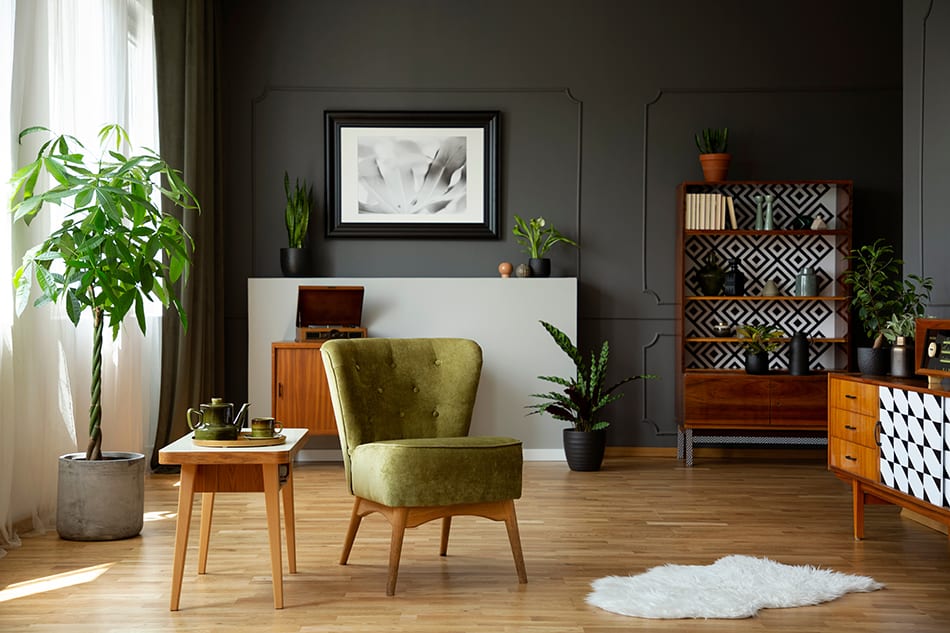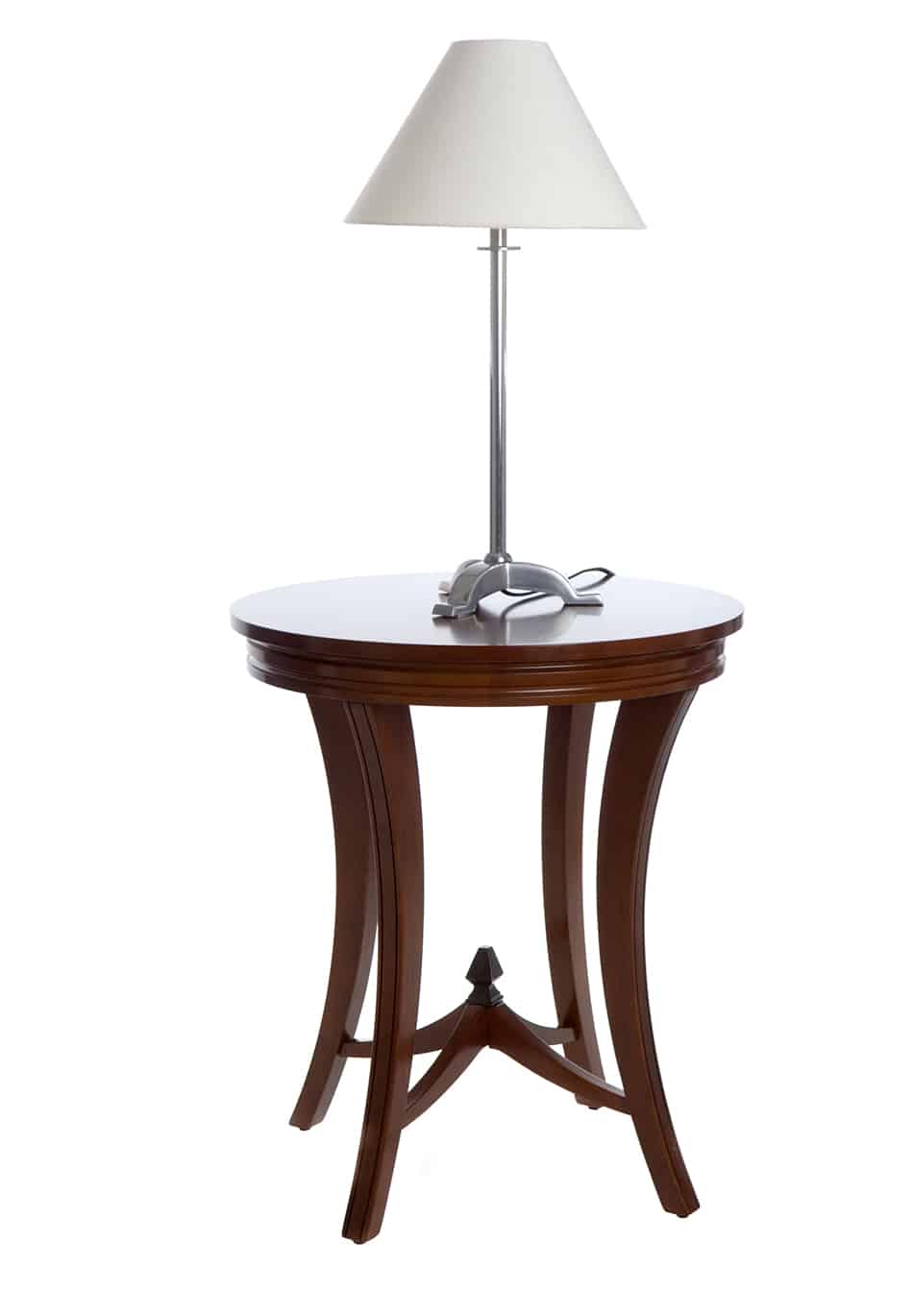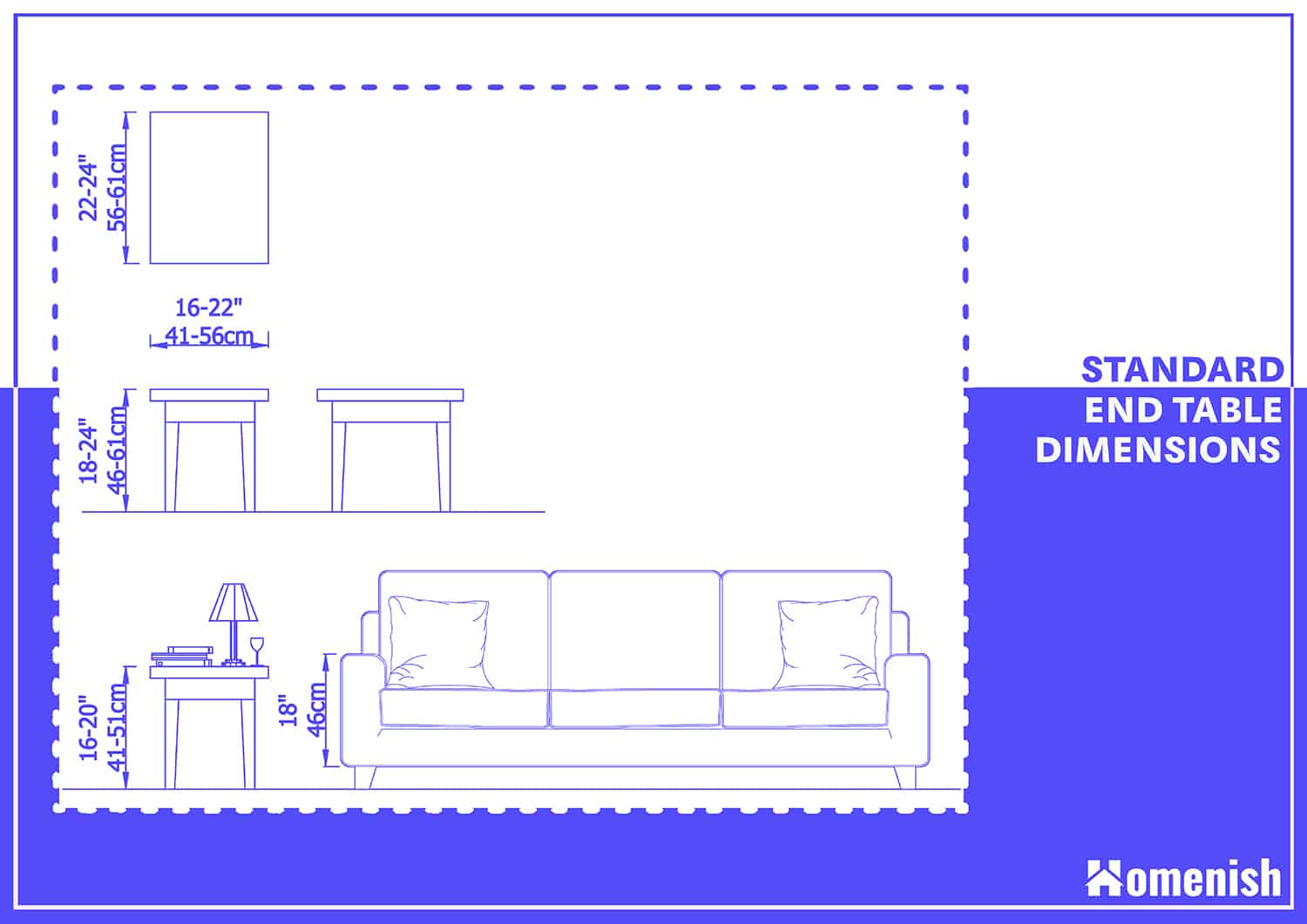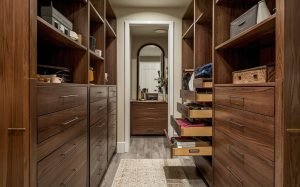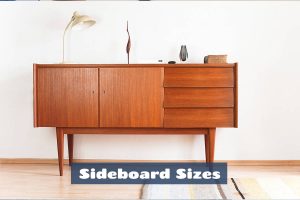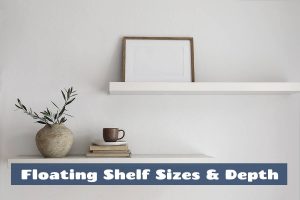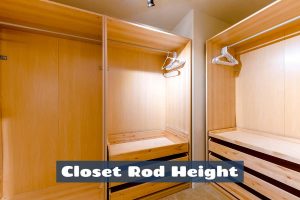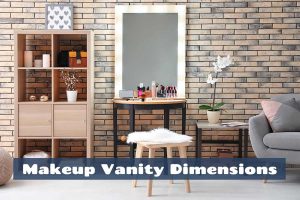It’s easy to dismiss the value of end tables. Most people would just say, ‘It’s a table merely placed at the end of a piece of furniture.’ But you are not like most people, and you do understand why it’s vital to have an end table in your home or office.
You do know that an end table can make a room stand out. It can provide both aesthetic appeal and functionality when placed in the right position.
But you’re not familiar with end table dimensions. Here is a specific dimension guide to help you sort things out and make shopping for an end table a lot easier.
End tables are typically 18 to 24 inches tall, which is about 1.5 to 2 feet above the ground. For a comfortable and functional setup, the end table should be placed next to the sofa’s arm and be within 2 inches of its height. For example, if the sofa arm is 18 inches, the end table should be between 16 and 20 inches. If the couch is taller, make sure the end table is also tall enough to match it.
What is an End Table?
An end table is a small piece of furniture or table typically placed beside a sofa, loveseat, or chair. Its primary use is to provide a platform for lighting fixtures like a lamp. It can also be a place to put beverages or store other household items like remote control, books, magazines, and similar things.
People also confuse an end table with a side table. However, there’s one big difference between an end table and a side table: the latter has a larger surface area than the former. This means a side table can even be used as a TV stand, especially for a small TV unit, unlike an end table that can’t support a TV unit because of its limited surface area.
A side table is also commonly placed at the side of a room or against the wall. Meanwhile, an end table is widely used next to a sofa or a chair.
An end table is also not a coffee table, even though you can use both of them interchangeably. The main difference is a coffee table is lower in height than an end table.
There’s no denying that unlike other pieces of furniture like a sofa or loveseat, an end table takes on a secondary priority when designing a home. But in some instances, an end table can complete the look and feel you’d want to achieve in your living room. It can also be a practical addition to a room.
Standard End Table Dimensions
Before you shop for an end table, you must first know the standard dimensions of this piece of furniture. The height and width of the end table, in particular, largely affect its price.
The standard height of an end table is between 18 and 24 inches. In short, an end table is roughly 1.5 to 2 feet higher than the ground. Ideally, the end table should be within 2 inches of the height of the sofa’s arm where it is placed next to.
For example, if the arm of the couch is 18 inches, then the end table should be between 16 and 20 inches. If you’ll place an end table next to a taller couch, make sure that it is also tall enough to complement the other.
Meanwhile, the standard width of an end table is between 16 and 22 inches. There’s no rule in determining the width of the end table. Instead, it is determined by the functionality you’d want from the piece of furniture. Wider tables can naturally hold more items compared to shorter ones.
Finally, the standard depth for an end table ranges between 22 and 24 inches. If you are to place an end table next to a chair or sofa, keep in mind that its depth should not exceed that of the other piece of furniture.
Uses of an End Table
An end table offers great functionality and convenience to any room. Think of it as an extension of a sofa, chair, or loveseat where it is placed next to. With an end table, you can place a book after you are reading it on the sofa.
That said, you should get an end table of the proper height. An end table that’s either too short or tall can make it difficult for you to reach out to anything stored on it.
Moreover, an end table can provide visual appeal to your room. The design, material, and items stored or kept on an end table can help you achieve the look you’d want for your space. The height of the end table can have a major impact on the overall vibes of a room. As such, don’t place a tall end table beside a shorter couch or chair, as this can throw off the balance of your room. It can also make the end table look out of place.
Where to Place an End Table?
Now that you know about the dimensions of an end table, your next question would likely be: “Where should I place my end table?’ This may seem like a trivial question, but the truth is it is a legit issue raised by many people who’ve bought an end table. After all, placing an end table in the wrong spot would not only limit its functionality but also affect the look and feel of a room.
End tables are generally placed next to an armchair or on one or both sides of a sofa. As mentioned earlier, you’d want the end table to be within a couple of inches off the surface of a sofa or armchair to increase its functionality.
You must also ensure that the end table is placed in a symmetrical fashion around the room so it makes the space look more inviting and elegant.
Conclusion
In conclusion, an end table is a small piece of furniture that’s commonly placed next to the end of a sofa or a chair. It differs from a side table in terms of surface area, as it is not that big to hold large items like a TV unit.
The height of an end table ranges between 18 and 24 inches, while its width is between 16 and 22 inches. The depth is around 22 and 24 inches. Knowing the standard end table dimensions can help guide you in purchasing an end table for your home or office.
